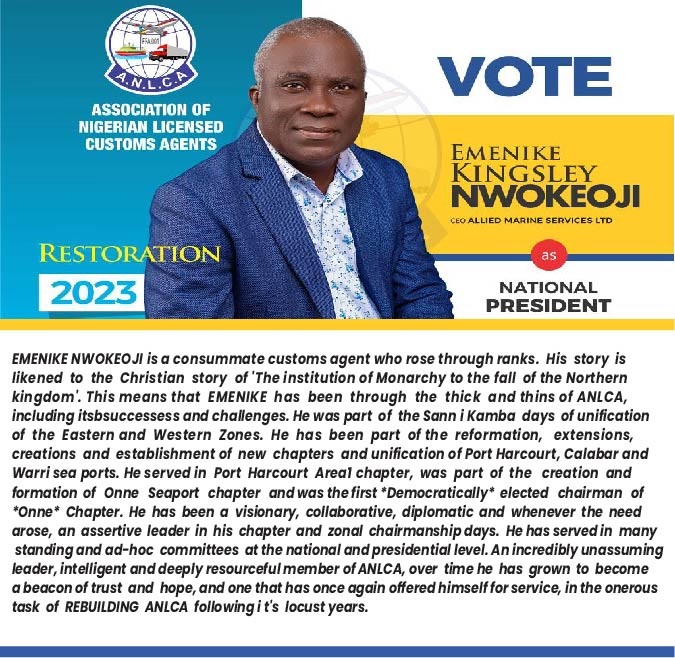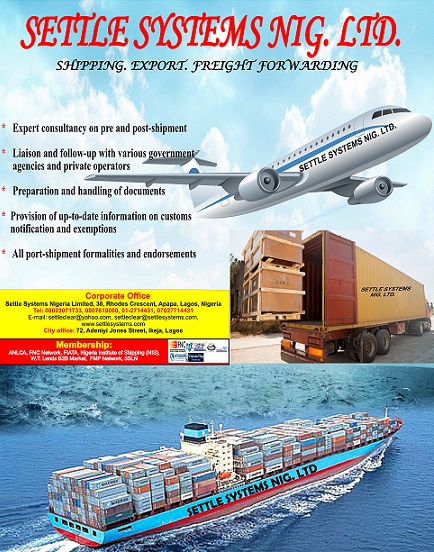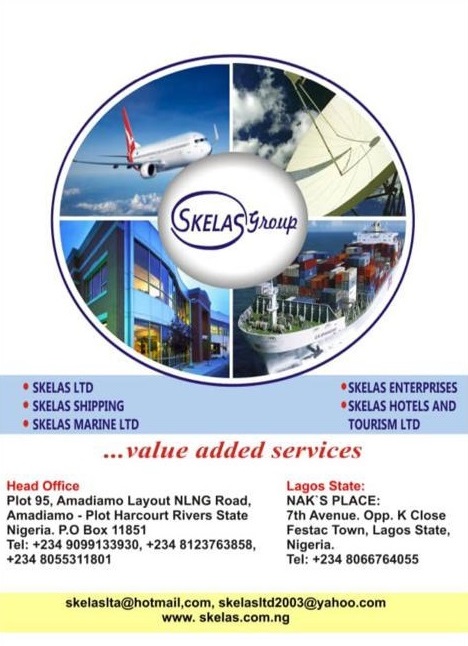GBOGBOWA GBOWA
In its attempt weekend to douse fears about the extent of damage and the true position of the operational fire that broke out while discharging a cargo ship, Hapag Lloyd at its terminal, the management of Port & Cargo Handling Services (P&CHS), a subsidiary of SIFAX GROUP said that whereas it was aware of a technical fault with the operating crane, it nonetheless averred that before it had time to fix the problem, the equipment ruptured into flame.
In a statement released by Sifax Group Public Relations Manager, Mr. Olumuyiwa Akande ostensibly aimed at reprimanding the local media on Thursday, said:
“Our attention has been drawn to some misleading reports in the press after a fire incident at a terminal operated by one of our subsidiaries, Ports & Cargo Handling Services Limited, at Tin Can Island Port, Lagos. The facts about the fire incident are as follows:
“At about 12:30 pm on Thursday, July 20, 2023, one of our equipment, a shore crane, developed a sudden technical fault and before anything could be done to fix it, it went up in flames.
“There was a quick response from all stakeholders which resulted in putting out the fire as soon as possible, even though substantial damage was done to the equipment. Normalcy was returned to the terminal after containing the fire and our operations resumed”, he added.
While the industry and all port users are happy that the fire outbreak was contained as early as possible to forestall further spread, the claim by SIFAX that it was aware before hand of the technical fault however appears begging the issue and smacks of some sort of official lie; otherwise, smacks of even worse official attitude, that of gross negligence and telling poor corporate culture, that neglects the safety of its workers.
Properly analyzed, the claim between discovering the said technical fault and taking necessary safety precaution is begging for answer, following the organisation’s admission that “…before anything could be done to fix it, it went up in flames”, that sounds confusing.
To the discerning mind, above claim even sounds dishonest or at best half truth, because if like the defence suggested, the fault was discovered, and yet the crane operator was still left seated and working before the equipment got engulfed in fire; the gap in action suggests something is unhealthy with the company’s safety procedure.
Olumuyiwa explained that the vessel at berth as at the time of the incident was not affected by the fire while containers, both those on board the vessel as well as other consignments at the terminal, were also not affected.
“There was no loss of life, as he operator working on the affected equipment was safely rescued without any injury.”
And when the statement emphasized that the said equipment as well as all other equipment and facilities at the terminal are all insured, one is horrified about the fate of the workers, who may have died or be rendered disabled as a result of the organisation’s possible safety negligence.
Although Olumuyiwa said “As a company, we are committed to operational excellence in a safe and secure environment for the collective good of all our stakeholders – customers, agents, staff, regulators and the general public”, it bears reconciling with the facts of the present incident, giving the question of the time the crane technical fault was discovered, and the bursting into fire and the time the crane operator was eventually evacuated; vide dangerous emergency maneuver.
It will be recalled that eye witness account corroborating the success of curtailing the fire from further spreading informed that whereas no casualty was recorded, “the other shore crane operator rescued the operator of the burning crane with his spreader.”
Thus for the courageous shore crane operator’s action, perhaps the story may have been different.
While appealing to the public “to disregard any sensational reports on the incident and stay with the facts as stated here”, it would appear that SIFAX attempted to be clever by half with all the facts.
Like many organizations who regard the local media as the weeping child with which they can always wipe their dirty hands, SIFAX said, “We urge the press to please ensure their reports are accurate so members of the public are not misled and create unnecessary panic in the industry and beyond.”
Regarded as a highly responsible operator, SIFAX owe the industry, including the maritime media convincing explanation why the crane driver was left working after the crane had reportedly been discovered to have developed a fault.
It’s either there’s an unavoidable twist in this regard or that the company may have unwittingly lied and is the one misleading the general public, ultimately.






